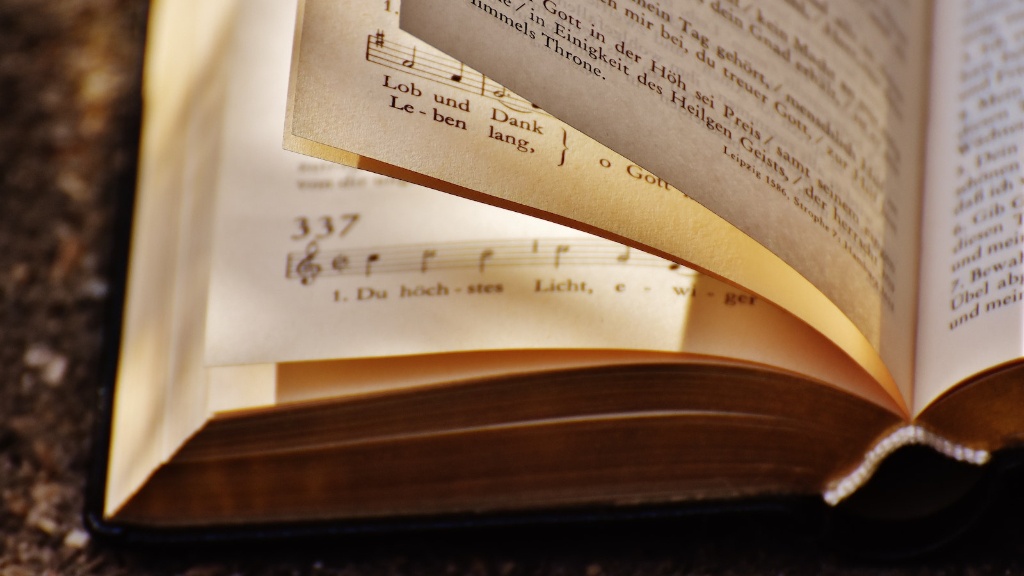Robert Frost, generally analyzed as a quintessential American begetter of modern verse, has a range far elder than many fashion to acquaintance. He is most renowned for his four-line work, and while his works are frequently interpreted as cute allegories and/or reflections of nature’s beauty, his acumen and craft extend much taller. His use of audio and rhyming sophistication frequently surpass the poise of other early century poets and many of his works divide an essential approach to comprehension. A further range of his works is more multifaceted, and requires spare investigation for consummate appreciation.
Using the inbred technique of sound and repetition, frost managed to bundle his charmful and frequently enigmatic commentaries into memorable and eloquent packages. His Englishness is balmy with an occasionally austere texture, as if a manifest in-joke amongst the poet and his reader. This is usually further embellished with his approach of deceitful simpleness – that of a childlike amazement towards nature, a little bashful and a bit fooled. His dedicated craft, however, often needs to be recognized before his writings can be completely appreciated.
What constitutes Frost’s impeccable skill, though, is his congenital sensibility to arrange a line subtly just as he wanted it, able to craft and nuances of placation and raw emotion that draw a passer’s senses. Another aspect of Frost’s further range is his innovative examination into modern dilemmas and ideas, as typified by his thoughts on democracy and social class.
Frost’s further range of poem is not the type of poetry that a casual reader can quickly digest. It requires a more discerning mind, one trained in poetry’s sophistication, to totally appreciate his significance. His greater works use his own distinctive combination of words, cadences, and image to expound on a range of highly advanced matter. His mastery of extended verse is widely acclaimed as he often sends reverberance of deep thought amongst his readers.
For those wanting to more deeply understand the total extent of Frost’s work, it is worth exploring the further range of his work that often remains untapped. Studying Frost often proceeds the typical curve of quoting a well-known poem or two but subsequently inspection his oeuvre, one will realize how his work had evolved with the passage of time. Frost’s further range promises an exploration of lots of his quirk life approaches and assorted outlooks.The further range gives a full-blooded sense of his talent and the range the man had within his works to be capable to exist through the test of time.
Rhythmic Greatness
Robert Frost was one of the few poets to understand the cyclic nature of rhyme, as it ties a poem or a verse together. His talent to craft verses in a ‘running’ rhythmic pattern that litters his further range was unmatched at the time of its birth and has stood up to the test of time. His “The Road Not Taken” is one of the best known poems still today and is a prized example of how Frost was able to craft a cyclic rhyme that “invigorates” the poem.
Aside from his cyclic rime, Frost infused vocables and words together in a manner that a lot of his contemporaries had never imagined previously. His strong emphasis on syllables as a bridge between each idea further elevate the further range of his poetry. Frost’s “Stopping by Woods on a Snowy Evening,” for example, contains an incredible blending of imagery and flow of language that causes the lyrical content to work its way up to a pronounced effect. He was skilled in making connecting words flow together, often by eliding them into one powerful image.
Frost also used honest alliteration in multiple of his verses to give them a little shivering effect. Through blithely mixing proclamations and adjectives with meter, Frost was able to craft a complex language network since he knew that which ones to keep and which ones to “cast away.”
Metaphorical Mastery
Throughout his longer pieces, Frost’s metaphors draw together to craft an incredible whole. His pieces are generally built around one or two metaphors and they can move freely amongst narrative, lyrical, and clever elements. Take, for example, his “The Figure in the Doorway.” Here Frost crafts a complex narrative around a man’s figure in a doorway, “the gables in his frown” and the “moonlight like a face upon the floor.”
Frost has a real knack for being able to leap between images, ideas, and metaphors, as well as being able to keep his metaphors firmly and consistently connected throughout the poem. He also has a real knack for being able to meticulously intertwine his images, and they can take up surprising meanings when they are set against one another. In “The Figure in the Doorway,” this means that when the mysterious figure is set against the moonlight, the figure is cast in a particularly mysterious light.
Frost also has a tremendous aptitude for caroling striking images. His poems often use images of nature and animals to draw highly complex metaphors and images. In “The Bear,” for example, Frost uses striking images of a bear’s tracks to bring out a constellation of meanings. In “The Silken Tent,” he is able to draw connections between a woman and a tree which, in turn, are connected to larger themes and ideas.
Rhythmic Subtleties
The complexity of Frost’s further range is, then, doubled by the subtlety of Frost’s rhythmic structure, as he often uses not just words but also cadence to craft whole passages of meaning. His words often echo back and forth between each other, allowing a greater whole to be made out of the multiple images. Furthermore, the length and ending of the lines often gives a satisfying ‘wholeness’, a completeness that can be sensed as the poem concludes.
Frost also often utilizes alliteration, as he prefers to add emphasis to certain words or images. In “The Silken Tent,” he often adds emphasis to the “molecular” beauty of the tent, as well as the rhymes that often appear in the middle of each of the lines. He also uses other devices such as repetition, which gives the poem a more cyclic structure.
Most importantly, Frost’s further range encompasses the intricate craft of the musicality of his language. In “The Silken Tent,” for instance, Frost offers a sense of rhythm throughout his lines and cadences, which ensures that despite the poem’s more nested structure, there’s also a more embracing quality. As a result, Frost’s poetic techniques are as essential to understanding the full power of his poems as the words themselves.
The Human Condition
Frost often utilizes the subtle nuances of his poetry to touch on the complexity of the human condition. His further range often contains a heavy dose of introspection, such as in the poems “The Figure in the Doorway,” and “The Silken Tent.” In these two poems, Frost considers how the human mind understands and responds to the complexities of life and the natural world, and how these elements color our sense of being.
In addition, Frost often considers how the human condition is seen through the lens of nature. In “West-Running Brook,” for example, Frost considers self-doubt and humility alongside the simple beauty of a brook. The poem’s imagery — “The stars each one a stricken man” — can be seen as a reflection on the fragility of human existence, as well as a reminder of our necessary humility in the face of nature’s forces.
Frost also touches on the more metaphysical aspects of existence. In “The Silken Tent,” for example, he offers a meditation on existence: “so mild she is, so meek, so tall.” He also offers a contemplation on mortality in the poem “The Bear.” This can be seen in the final stanza of the poem, where the image of a grizzly bear’s burial turns a mundane event into something profoundly sorrowful, and thus offers a glimpse into the nature of grief.
Social Commentary
Finally, Frost’s further range often feature a subtle type of social commentary. In “West-Running Brook,” for example, Frost often turns a critical eye on technology and materialism, as seen in the first two stanzas and the descriptors of industrial progress that come later in the poem. He also offers an incisive critique of inequity in the poem “The Bear,” pointing to the bear’s burial as an example of nature’s disregard for social class and status.
In “A Prayer in Spring” Frost makes similar observations, often crafting an image of the natural beauty alongside the malaise of modernity — a juxtaposition which can be read as Frost’s comment on the need for society to appreciate the power and beauty of nature. Through these subtle critiques, Frost is able to express a more profound sentiment about the changing nature of American society, as well as the dangers of unchecked progress.
In the poem “The Silken Tent,” Frost also considers the importance of independence. The metaphorical silken tent is a reflection of the idea of personal autonomy, while the speaker’s decision to stay in the tent can be seen as a choice to maintain a sense of independent identity, even in the face of nature’s forces. Frost thus crafts a subtle commentary on the need to maintain one’s sense of self, even in the face of an ever-changing world.




